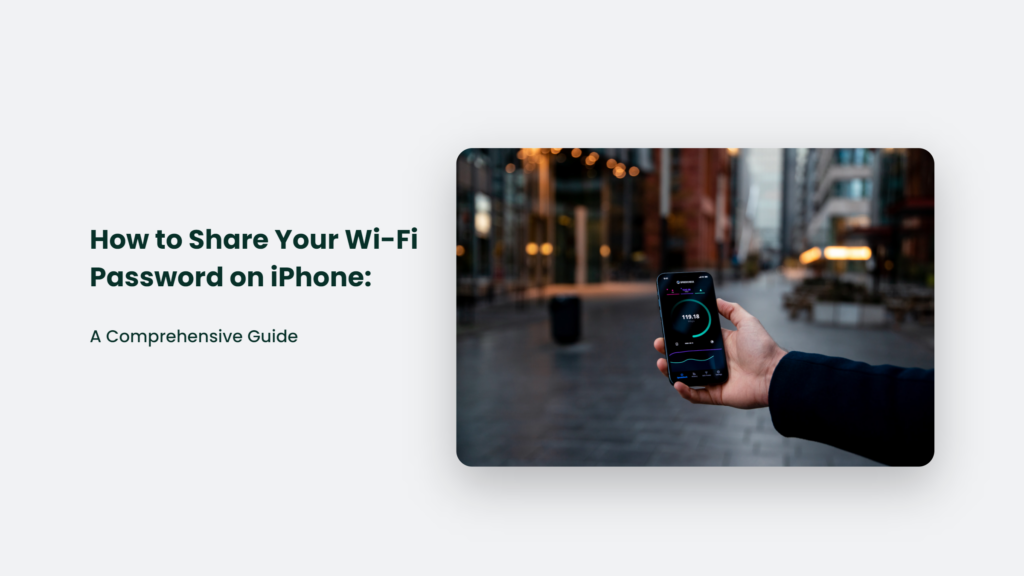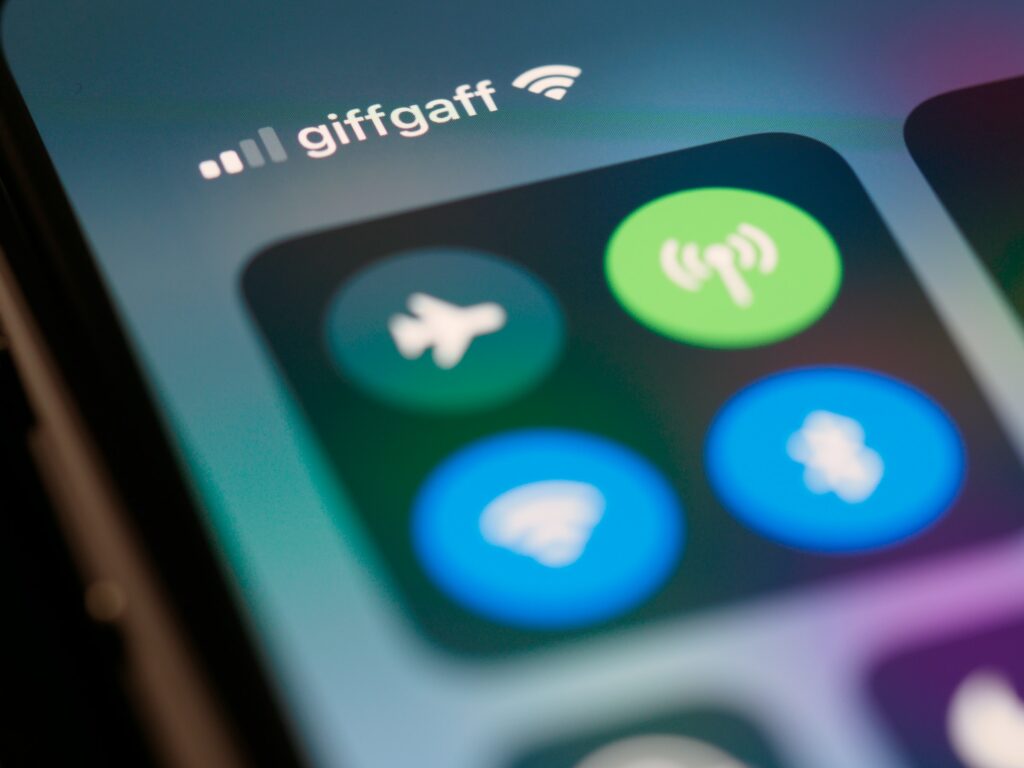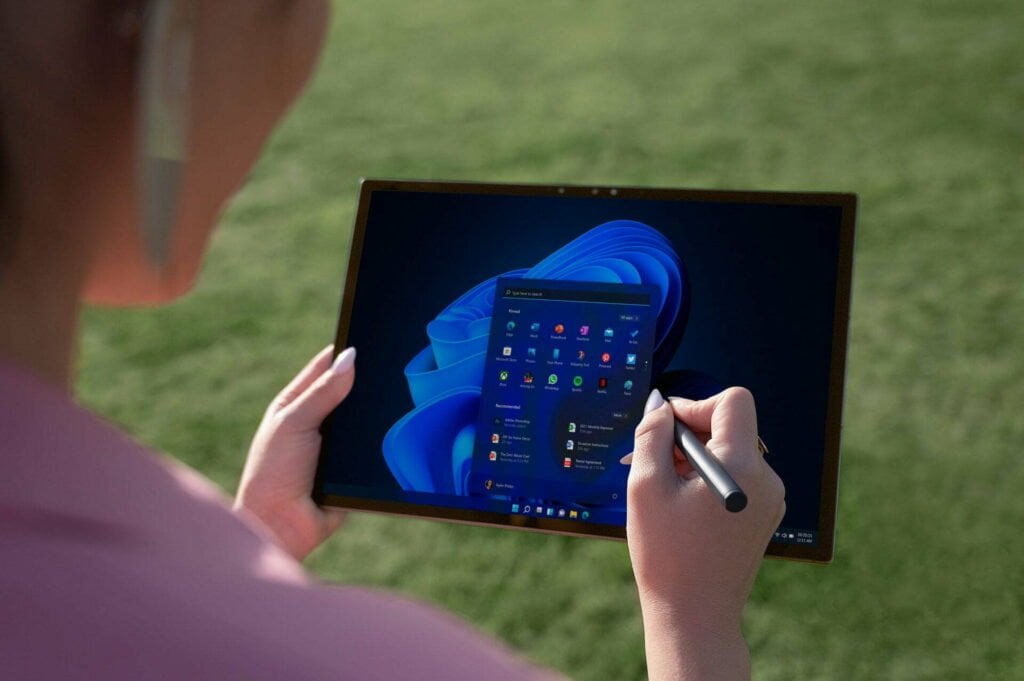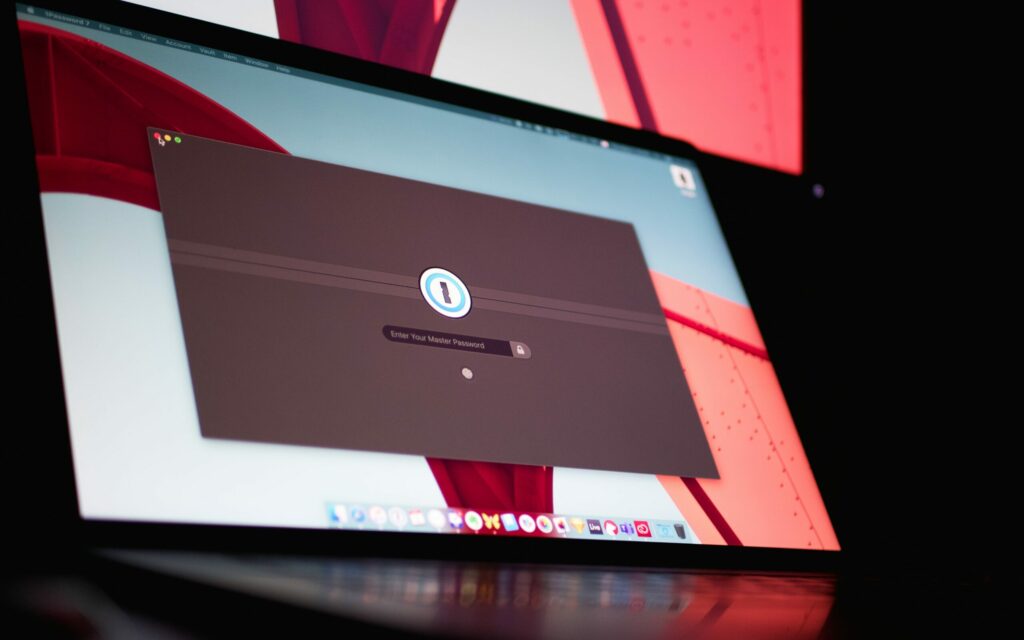In today’s digital age, sharing your Wi-Fi password with friends and family has become a common practice. 58% of people share their Wi-Fi password, and 43% of US adults have shared a password with someone.
But have you ever wondered how to share your Wi-Fi password on an iPhone without actually revealing it? Well, you’re in luck! This article will provide an engaging and in-depth guide on How to share your Wi-Fi password on iPhone while sprinkling in some humour, anecdotes, and insights to make the piece more relatable and unique.

The Magic of Wi-Fi Password Sharing on iPhone
Apple has made sharing Wi-Fi passwords a breeze with its seamless and secure method. This feature allows you to share your Wi-Fi password without actually revealing it, making it a perfect solution for those who value their privacy and security. So, let’s dive into sharing your Wi-Fi password on an iPhone.
Step-by-Step Guide on How to Share Your WiFi Password on iPhone
Before you begin, ensure that both devices (the one sharing the password and the one receiving it) have the latest version of iOS or iPadOS or macOS High Sierra or later. Additionally, both devices should have Wi-Fi and Bluetooth turned on, and Personal Hotspot should be turned off.
- Sign in to iCloud with your Apple ID on both devices. Ensure the email address you use for your Apple ID is saved in the other person’s Contacts and vice versa.
- Keep the other person’s device nearby, within Bluetooth and Wi-Fi range.
- Unlock your device (the one sharing the password) and ensure it is connected to the Wi-Fi network.
- On the other device, select the Wi-Fi network you want to connect to.
- On your device, tap “Share Password,” then tap “Done”.
Voilà! You’ve successfully shared your Wi-Fi password without actually revealing it. Now, your friends and family can enjoy your Wi-Fi connection without the hassle of manually entering a complicated password.
Security Risks of Sharing Wi-Fi Passwords
Sharing Wi-Fi passwords can expose you to several security risks, including fake hotspots and traps, man-in-the-middle attacks, unauthorized access to your network, increased likelihood of illegal activity, and compromised network traffic. Here’s a brief overview of these risks:
- Fake hotspots and traps: If you connect to a fake hotspot, you may have stumbled onto a trap set up to steal passwords, files, and other assets.
- Man-in-the-middle attacks: By sharing your Wi-Fi password, you may expose your network to man-in-the-middle attacks, where an attacker intercepts and alters the communication between two parties.
- Unauthorized access to your network: Sharing your Wi-Fi password can allow unauthorized users to access your network, potentially exposing your devices and data to security threats.
- Increased likelihood of illegal activity: If you share your Wi-Fi password with someone, they may use your network for illegal activities, such as downloading copyrighted content or visiting illegal websites. It could lead to legal consequences for you, as the activity would be traced back to your IP address.
- Compromised network traffic: Sharing your Wi-Fi password can expose your network traffic to eavesdropping and data interception, potentially compromising sensitive information.
To minimize these risks, it’s essential to be cautious when sharing your Wi-Fi password and consider setting up a guest network for added security.
The Power of Wi-Fi Password Sharing
Sharing your Wi-Fi password on an iPhone is secure and a great way to build trust among friends and family. As the famous saying goes, “Sharing is caring,” which also holds true for Wi-Fi password sharing. However, it’s essential to be cautious when sharing your Wi-Fi password, as it could lead to security risks if shared with the wrong people.
Frequently Asked Questions:
Can I share my Wi-Fi password from an iPhone to an Android device?
While the process mentioned above is specifically for sharing Wi-Fi passwords between Apple devices, Android devices can also receive Wi-Fi passwords through QR codes. You can generate a QR code for your Wi-Fi network and have your Android-using friends scan it to connect to your Wi-Fi network.
What if I can’t share my Wi-Fi password using the method described above?
If you’re unable to share your Wi-Fi password using the steps mentioned, try restarting both devices and attempting the process again. If the issue persists, you may need to have the other person manually enter the Wi-Fi password.
Is it safe to share my Wi-Fi password with others?
While sharing your Wi-Fi password with trusted friends and family is generally safe, it’s essential to be cautious when sharing your password with others. It’s also a good idea to set up a guest network on your router for added security.
In Conclusion
Thanks to Apple’s seamless and secure method, sharing your Wi-Fi password on an iPhone has never been easier. By following the steps outlined in this article, you can quickly and effortlessly share your Wi-Fi password with friends and family without revealing it. So, go ahead and spread the love by sharing your Wi-Fi password, and remember, “A friend in need is a friend indeed!”




